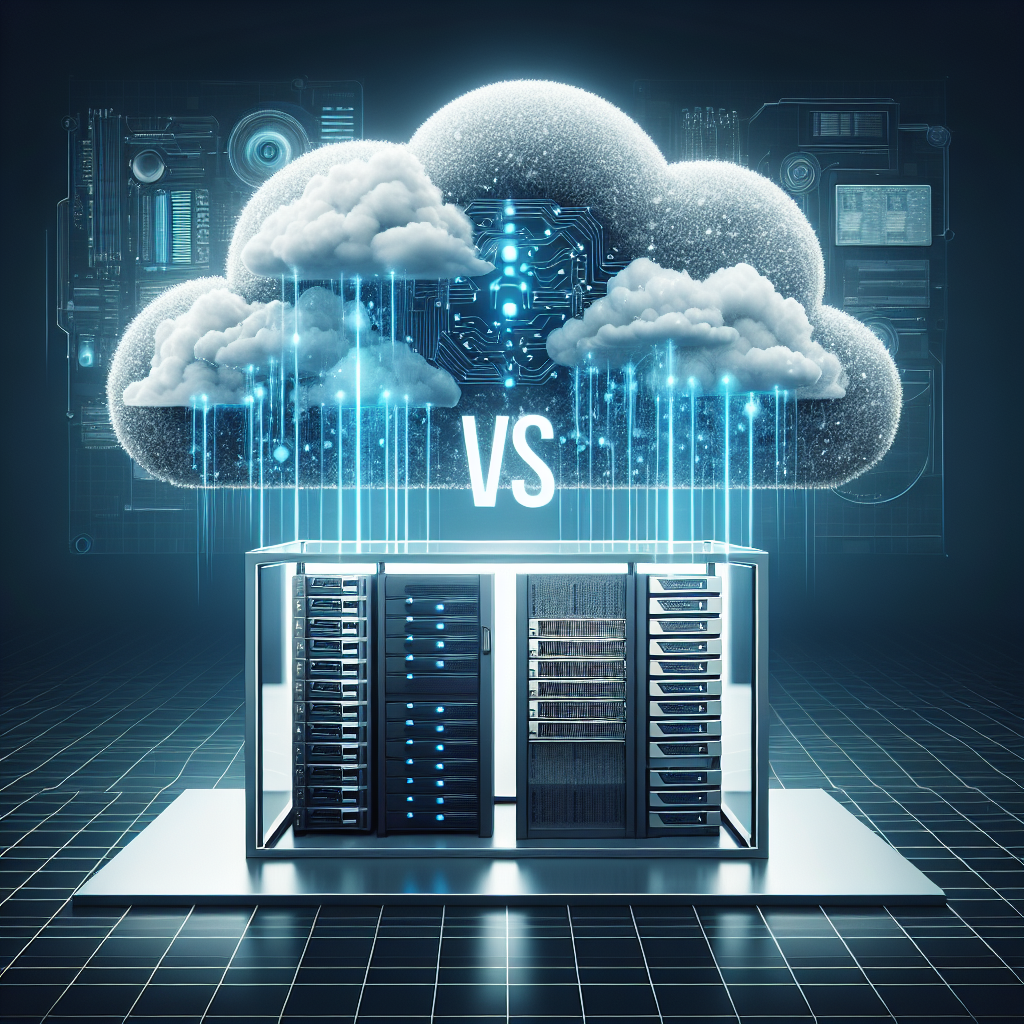Your cart is currently empty!
Cloud Computing vs. Traditional IT Systems: A Comparison

Cloud computing and traditional IT systems are two different approaches to managing and storing data and applications. While traditional IT systems have been the norm for many years, cloud computing is quickly gaining popularity for its flexibility, scalability, and cost-effectiveness. In this article, we will compare the two approaches and highlight the benefits and drawbacks of each.
Traditional IT systems typically involve on-premises hardware and software that are managed and maintained by an organization’s IT department. This can be costly and time-consuming, as organizations must invest in hardware, software licenses, and IT staff to manage and maintain the systems. Additionally, traditional IT systems have limited scalability, as organizations must purchase additional hardware and software as their needs grow.
On the other hand, cloud computing allows organizations to access computing resources and applications over the internet, rather than relying on on-premises infrastructure. This can lead to cost savings, as organizations only pay for the resources they use. Cloud computing also offers greater flexibility and scalability, as organizations can easily scale up or down based on their needs.
One of the key benefits of cloud computing is its flexibility. Organizations can easily access their data and applications from anywhere with an internet connection, making it easier for employees to work remotely. Additionally, cloud computing allows for easy collaboration and sharing of data, as multiple users can access the same applications and data simultaneously.
Another advantage of cloud computing is its scalability. Organizations can easily scale up or down based on their needs, without having to invest in additional hardware or software. This can be particularly beneficial for organizations with fluctuating workloads or seasonal demands.
However, there are also some drawbacks to cloud computing. One of the main concerns is security. Organizations may be hesitant to store sensitive data in the cloud, as they may be concerned about data breaches or unauthorized access. Additionally, organizations may face challenges with data compliance and regulatory requirements when using cloud computing.
In conclusion, both cloud computing and traditional IT systems have their own set of benefits and drawbacks. While traditional IT systems have been the norm for many years, cloud computing is quickly gaining popularity for its flexibility, scalability, and cost-effectiveness. Organizations should carefully consider their needs and requirements before choosing between cloud computing and traditional IT systems. Ultimately, the best approach will depend on the organization’s specific needs, budget, and security requirements.

Leave a Reply